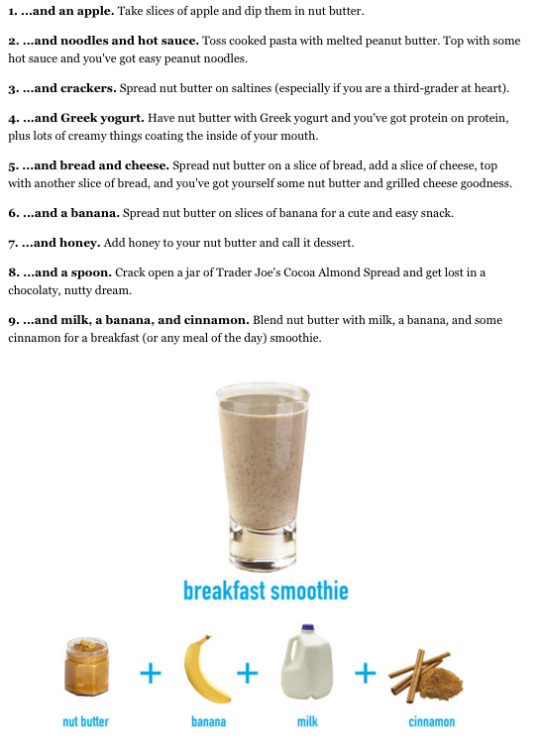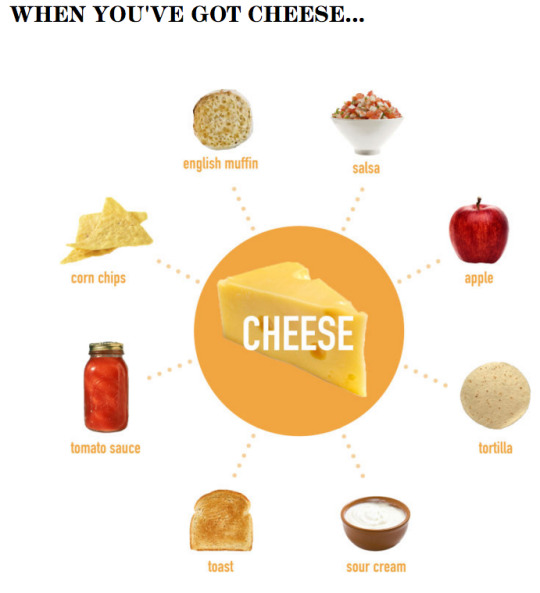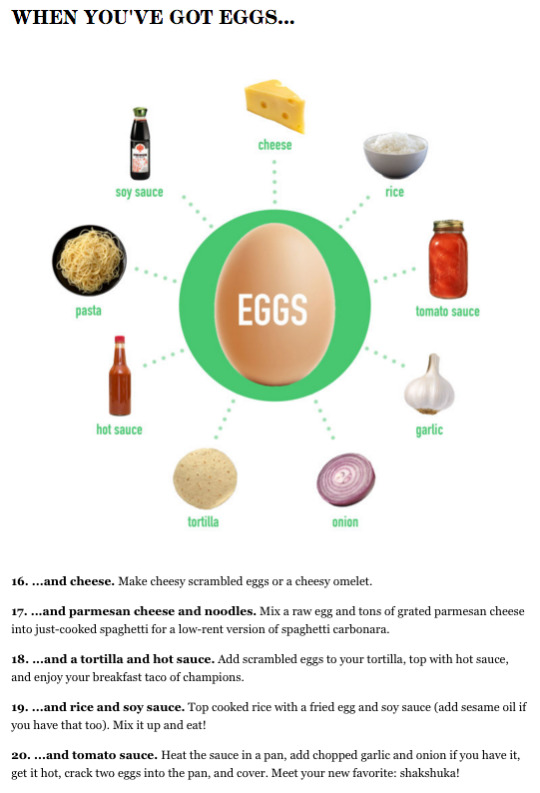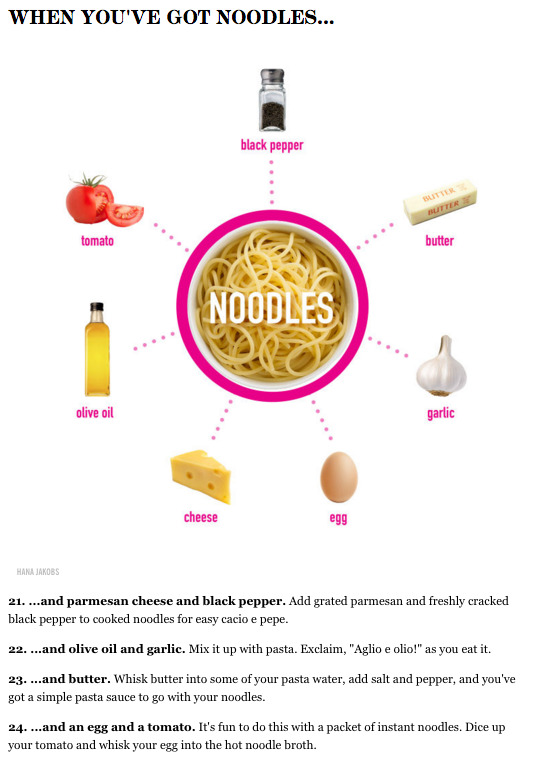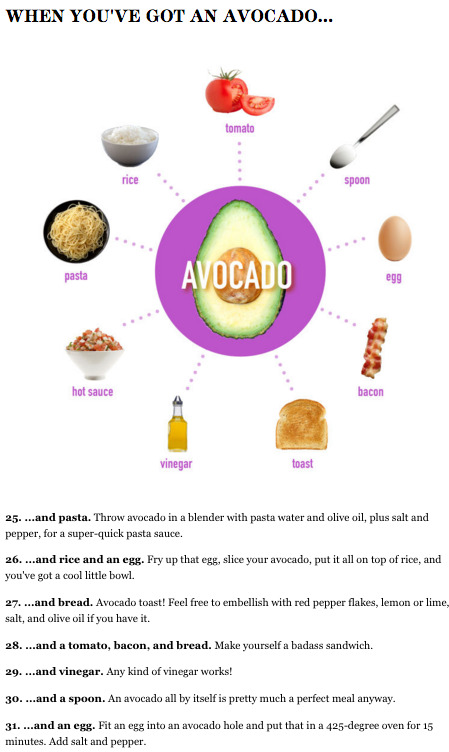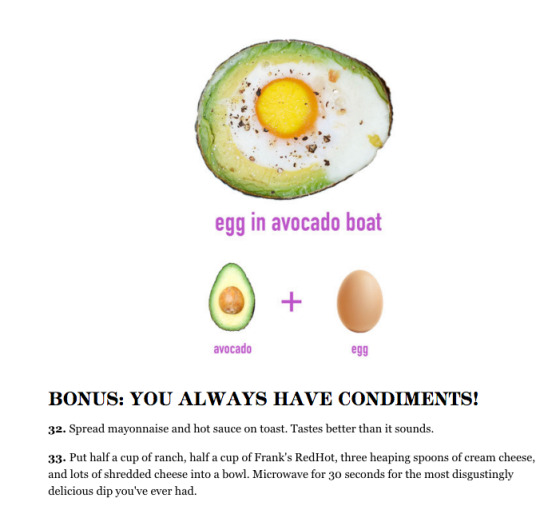sam | 21 | attempt at biology student
Last active 60 minutes ago
Don't wanna be here? Send us removal request.
Link
This is excellent. Now that it’s fall and the trees in my city are bearing, I’m always bummed out by the lack of free and open fruit trees, which very often fit the profile of the trees planted in city parks. The only difference is prettier springs and more fruitful falls (lit+fig). This particular experiment is made possible buy the sterile fruit trees planted as part of a city initiative, but the guerrilla planting of fruit trees is always possible, as well as finding older fruit trees and grafting new varietals on to create a healthier tree.
30K notes
·
View notes
Text
The As, Gs, Cs and Ts of the Space Station: First In-Space Microbe Identification
Being able to identify microbes in real-time aboard the International Space Station, without having to send them back to Earth for identification first, would be totally amazing for the world of microbiology and space exploration.
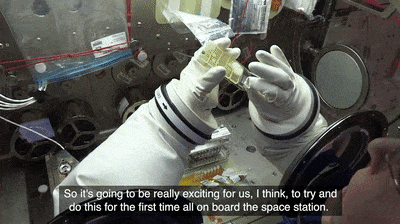
The Genes in Space 3 team turned that possibility into a reality this year, when it completed the first-ever sample-to-sequence process entirely aboard the space station.
The ability to identify microbes in space could aid in the ability to diagnose and treat astronauts in real time, as well as assisting in the identification of life on other planets. It could also benefit other experiments aboard the space station.
HELPFUL SCIENCE HINT: Identifying microbes involves isolating the DNA of samples, and then amplifying – or making lots and lots (and LOTS) of copies - of that DNA that can then be sequenced, or identified.
As part of regular monitoring, petri plates were touched to various surfaces of the space station. NASA astronaut Peggy Whitson transferred cells from growing bacterial colonies on those plates into miniature test tubes, something that had never been done before in space (first OMG moment!).

Once the cells were successfully collected, it was time to isolate the DNA and prepare it for sequencing, enabling the identification of the unknown organisms – another first for space microbiology.
Enter Hurricane Harvey. *thunder booms*

“We started hearing the reports of Hurricane Harvey the week in between Peggy performing the first part of collecting the sample and gearing up for the actual sequencing,” said Sarah Wallace, the project’s primary investigator.
When our Johnson Space Center (JSC) in Houston became inaccessible due hurricane conditions, Marshall Space Flight Center’s Payload Operations Integration Center in Huntsville, Alabama worked to connect Wallace to Whitson using Wallace’s personal cell phone.
With a hurricane wreaking havoc outside, Wallace and Whitson set out to make history.

The data were downlinked to the team in Houston for analysis and identification.
“Once we actually got the data on the ground we were able to turn it around and start analyzing it,” said Aaron Burton, the project’s co-investigator. “You get all these squiggle plots and you have to turn that into As, Gs, Cs and Ts.”
Those As, Gs, Cs and Ts are more than just a nerdy alphabet – they are Adenine, Guanine, Cytosine and Thymine – the four bases that make up each strand of DNA and can tell you what organism the strand of DNA came from.

“Right away, we saw one microorganism pop up, and then a second one, and they were things that we find all the time on the space station,” said Wallace. “The validation of these results would be when we got the sample back to test on Earth.”
Soon after, the samples returned to Earth aboard the Soyuz spacecraft, along with Whitson.
With the samples now in the team’s JSC lab, tests were completed in ground labs to confirm the findings from the space station. They ran the tests again and again, and then once more, to confirm accuracy. Each time, the results were exactly the same on the ground as in orbit. (second OMG moment!)

“We did it. Everything worked perfectly,” said Sarah Stahl, microbiologist.
This capability could change future space exploration.
“As a microbiologist,” said Wallace, “My goal is really so that when we go and we move beyond ISS and we’re headed towards Mars or the moon or wherever we are headed to, we have a process that the crew can have that great understanding of the environment, based on molecular technology.”
youtube
For more information, follow @ISS_Research.
Make sure to follow us on Tumblr for your regular dose of space: http://nasa.tumblr.com.
2K notes
·
View notes
Photo
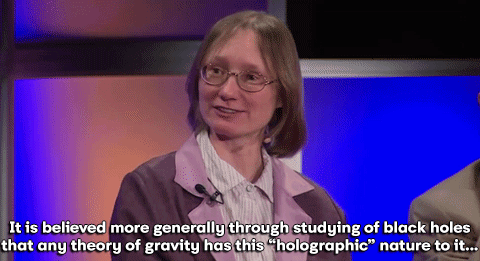
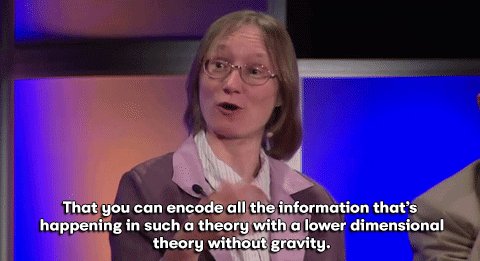
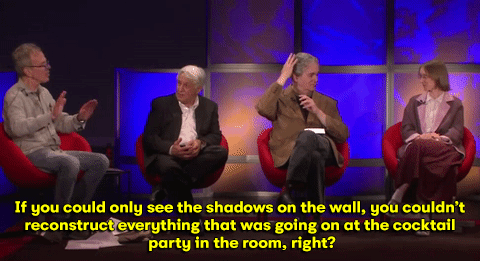

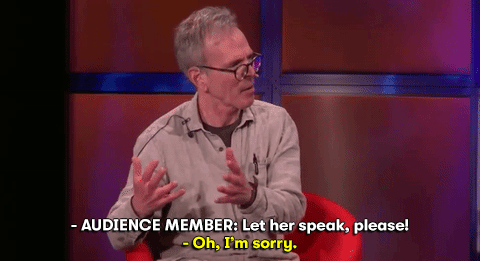

An audience member stopped World Science Festival host Jim Holt from speaking over physics professor Veronika Hubeny
follow @the-future-now
108K notes
·
View notes
Photo


Has been a while sorry! Please accept these quick notes about drugs as apology. More to come
#science#biology#biosci#student#small studyblrs unite#studyblrsquad#study motivation#studyspo#studyspiration#studyspread#emmastudies
1 note
·
View note
Text
Friendly reminder
“Doing your best” does not mean working yourself to the point of a mental breakdown.
377K notes
·
View notes
Photo




Diatoms under a microscope. Courtesy of University of Iowa Libraries.
607 notes
·
View notes
Text
Study Tips: Pulling an all nighter
Step 1: dont
#studyblr#Small Studyblrs Unite#small studyblr network#small studyblrs#legit dont do it to urself. you should never (ever) have to do this. so bad for ur phys and mental health...................................#study#study advice#study motivation#student
2 notes
·
View notes
Link
The three Americans won “for their discoveries of molecular mechanisms controlling the circadian rhythm,” the Nobel Foundation says.
From the Nobel Assembly at Karolinska Institutet, which announced the prize early Monday morning:
“Using fruit flies as a model organism, this year’s Nobel laureates isolated a gene that controls the normal daily biological rhythm. They showed that this gene encodes a protein that accumulates in the cell during the night, and is then degraded during the day. Subsequently, they identified additional protein components of this machinery, exposing the mechanism governing the self-sustaining clockwork inside the cell. We now recognize that biological clocks function by the same principles in cells of other multicellular organisms, including humans.
“With exquisite precision, our inner clock adapts our physiology to the dramatically different phases of the day. The clock regulates critical functions such as behavior, hormone levels, sleep, body temperature and metabolism.”
239 notes
·
View notes
Photo

Why Do We Fall Asleep When We’re Bored?
University of Tsukuba researcher discovers why we have the tendency to fall asleep in the absence of motivating stimuli.
The research is in Nature Communications. (full open access)
53 notes
·
View notes
Text
honestly fuck viruses they’re not even alive they’re just strands of punk ass DNA that go around fucking up us normal and god fearing life forms you don’t even have a nucleus you stupid bacteriophage looking horizontally transmitting RNA clump
239K notes
·
View notes
Photo









A GUIDE TO MAKING EFFECTIVE SLIDES aka how to create presentation slides that actually improve your presentation
By Eintsein
(apologies for the variation in image quality. idk what went wrong with tumblr)
38K notes
·
View notes
Photo
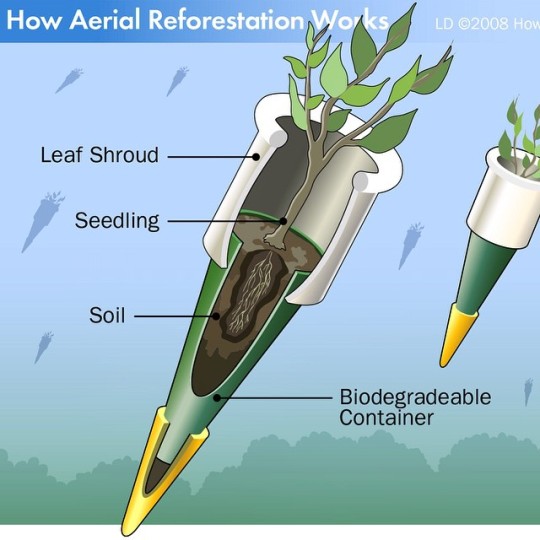
How Aerial Reforestation Works http://stuf.ly/aerial-reforest
65K notes
·
View notes
Photo
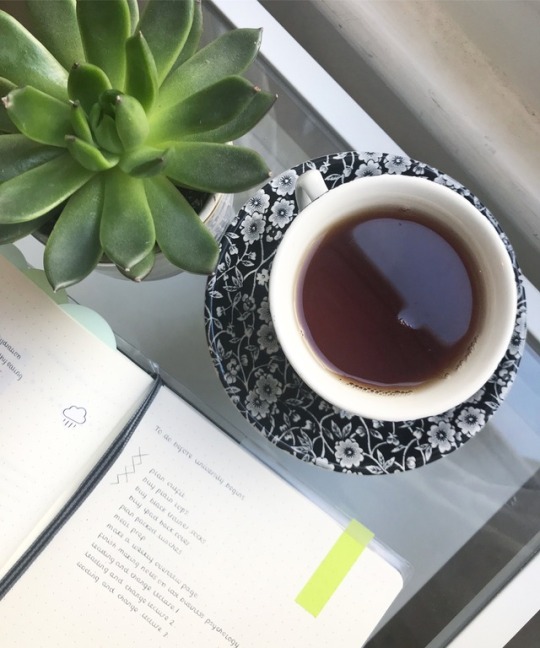
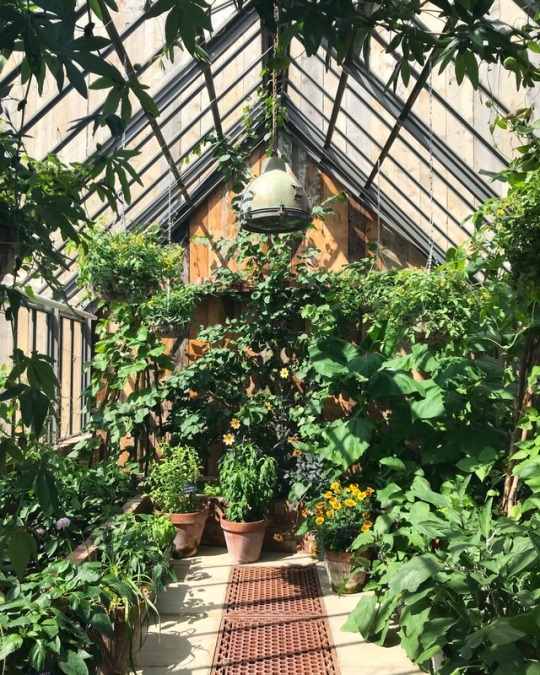
1 week until uni … my list of what I need to do before I go back and some loose leaf tea ☕️
6K notes
·
View notes



